February 14th, 2006
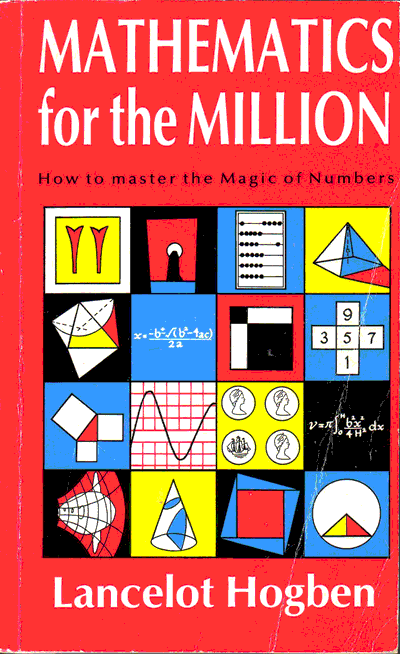
Lancelot Hogben was a socialist zoologist who wrote a famous book issued in 1936 called Mathematics for the Million. A second revised edition followed in 1968 – my edition is the Merlin Press reissue in paperback.
In the book, Hogben emphasises the role of navigation and position finding in the development of mathematics and includes several chapters on spherical trigonometry. He continues through the 16th century with calculus and moves into matrix theory and statistics in the last chapter.
A new Hogben would surely need to include chapters on genetics (counting, permutations and combinations) and then onto algorithmic complexity and fractals? Perhaps a chapter on ‘’sensitive dependence on intial conditions’’ aka chaos would balance the calculus chapter?
Posted in Maths | Comments Off
February 13th, 2006
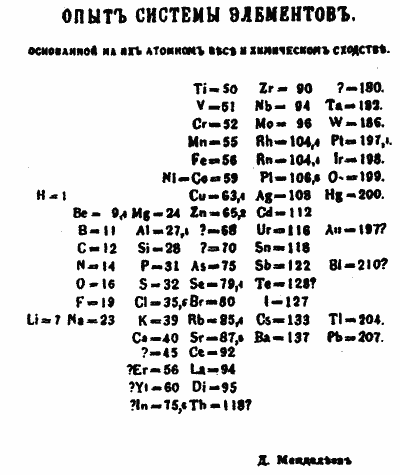
Mendeleyev’’s Dream by Paul Strathern is in paperback by Penguin. The book provides an easily read history of chemistry from Thales to Mayer/Mendeleyev, with some detail on Bruno, Paracelsus and the alchemists. Included in the last chapter is the periodic table as published by Mendeleyev – complete with suggestions that the weights and densities of some elements needed to be redetermined as they did not fit with the pattern!
Strathern cites the need for Galileo and the early physicists to make the distinction between primary and secondary qualities as being important in the development of Chemistry – the subject deals with colours, smells and tastes (tasting being an important mode of analysis until well into the seventeenth century!) and was marginalised in the age of Descartes and Newton.
The role played by accurate measurement of properties (my mathematical tie in) is emphasised in the account of Lavoisier, and Mendeleyev himself falls asleep on a deck of blank cards inscribed with the properties of the chemical elements known at the time – the card game patience gave Mendeleyev his insight apparently. Meneleyev’’s insistance on his pattern and demands for redeterminations of some of the physical properties, together with the audacious move of leaving blanks in the table for as yet undiscovered elements is contrasted with Meyer’’s more tentative approach.
Posted in Maths | Comments Off
February 13th, 2006

Red brick from Ruabon changes colour in the rain…
Posted in Photos | Comments Off
February 13th, 2006

- Upgraded to WordPress 2.01
- Added the plug-in that restores the old upload page
- Decided the new interface was still a pain
- Downgraded back to 1.51
- Had fun restoring the backup database (local mysqladmin won’t restore an 800Kb file from the file upload – I ended up copy/pasting into the sql command textbox, and that worked)
- The ‘downgrade’ script that is floating around to get your database back from 2.0 format to 1.5x format generated errors on this particular server – I had to restore from the backup I made before upgrading to 2.01
Posted in Notes | Comments Off
February 11th, 2006
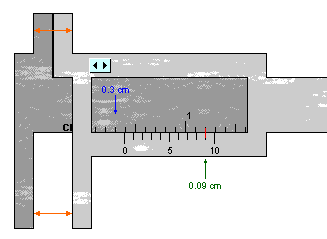
Vernier calipers and the venerable screw micrometer allow us to measure small objects with a resolution high enough to see random variation – I use air gun pellets (0.177” BB shot) with a micrometer reading to 0.01mm and the resulting dot plot of the diameter of 30 pellets shows a pleasing normal cluster but with clear gaps between the readings showing how the instrumental resolution affects the results.
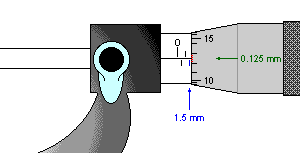
The screen grabs are taken from a couple of excellent Java applets by Ron Blond that demonstrate dynamically how these instruments work. Projecting these and inviting the students to read the scales speeds up the process of learning to read the instruments considerably.
There will be some means and standard deviations here soon
Posted in Maths | Comments Off
February 6th, 2006
If you have been ‘online’ at least once in the past month, then you are an ‘active Internet user’ according to the Nielson/NetUser definition. I’m assuming that ‘online’ in this context means Web browsing, e-mail does not carry quite the same implication as it is essentially a person to person messaging medium.
There is a very useful table that lists populations and estimates of Internet users for a range of countries. If you are an active Internet User in the UK, then you are one of 23.58 million of us. Several calculations suggest themselves using this table with students in a blended learning room (i.e. projector and a set of computers).
- Copy paste into spreadsheet and calculate the Internet Users as a percentage of the population
- Sort the countries with Nielson/NetUser rated ‘active Internet User’ figures and compare those as a percentage of the population for those countries
- Compare the Nielson/NetUser figures with the CIA Factbook based Internet User figure for the same country – what can the difference tell you?
- Find other data that tells you something about the disposable income in the countries – can you find any pattern? Is there a threshold for disposable income below which the Internet access drops rapidly? Or is the relationship more one of smooth dependence?
Posted in Maths | Comments Off
February 2nd, 2006
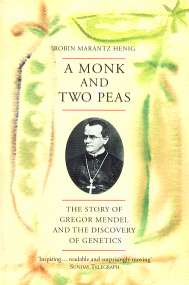
Lots of detail, including numbers, on Mendel’s breeding experiments with peas.
Posted in Notes | Comments Off






